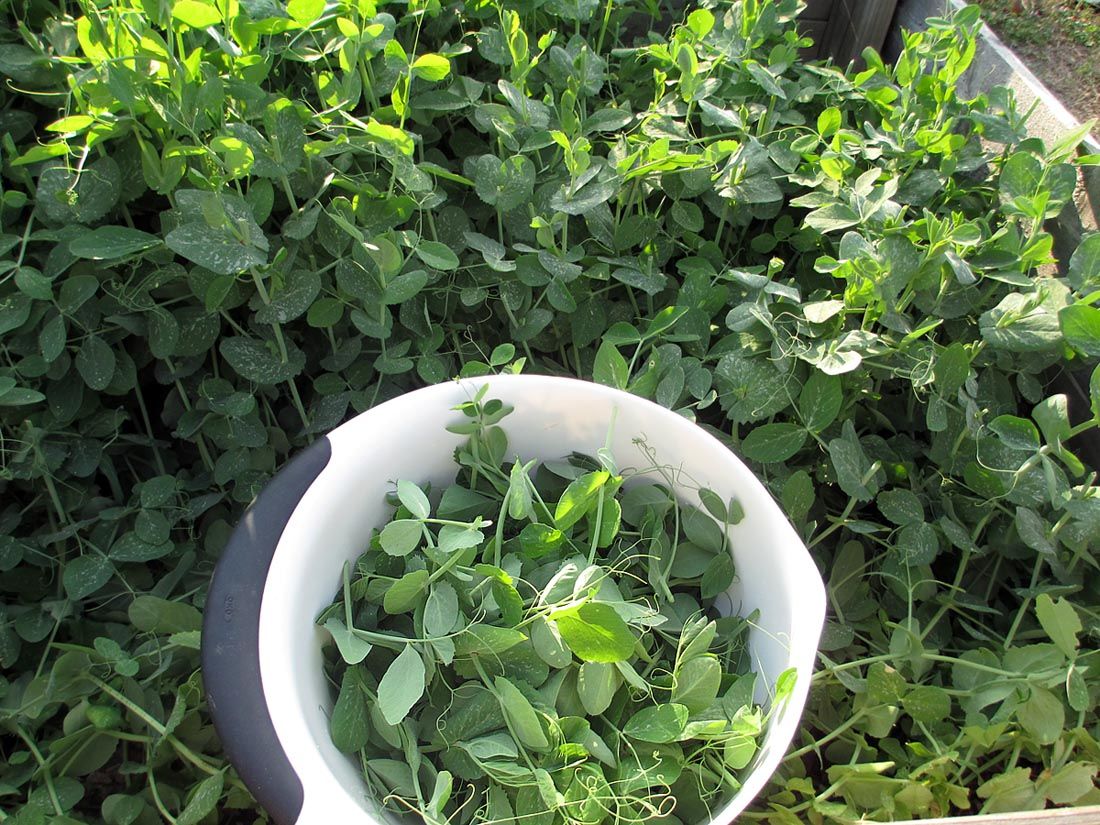My Method of Growing and Enjoying Cover Crops for Home Gardens
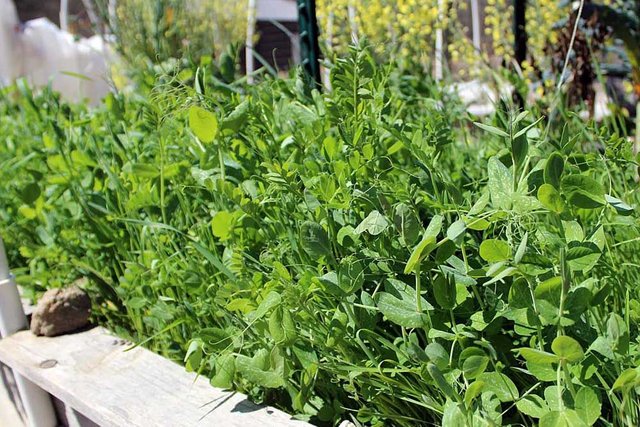
As an organic gardener, one of the most important things is to build healthy soil, so I can have nutrient dense produce to feed the family. Growing cover crops is a great way to improve soil. Most people don't think about growing cover crops in backyard gardens. I think the reason is information on using cover crops is tailored to the needs of large farms. Also most information online shows farmers need to till the cover crops in the soil before the growing season and this goes against the no till gardening method.
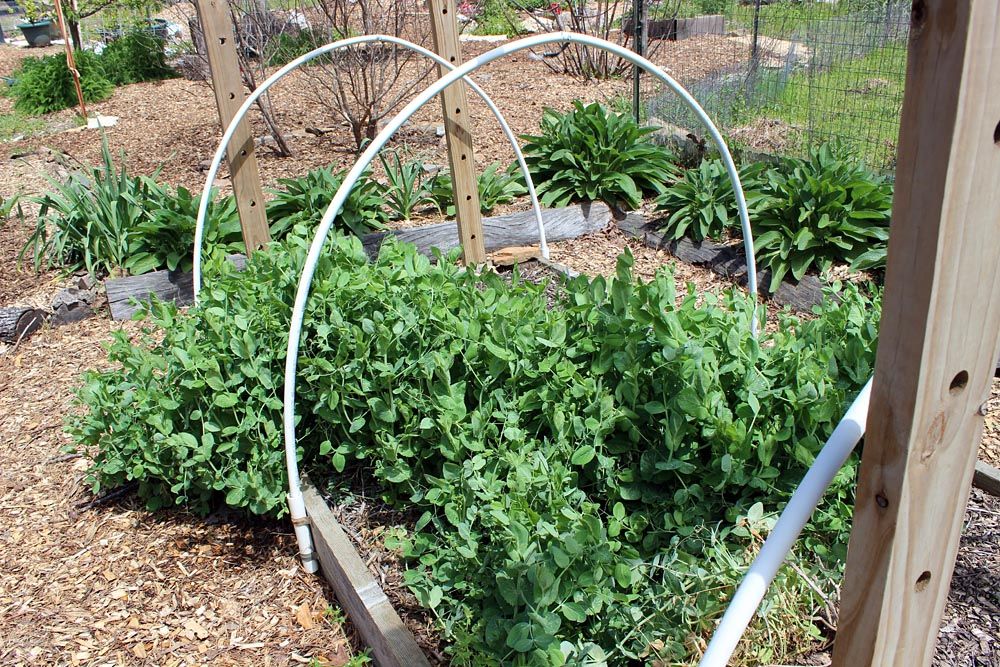
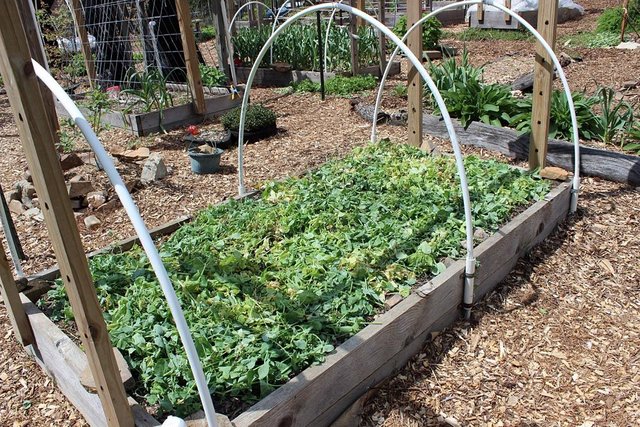
I don't allow Rototillers near my organic garden. My husband and I practice the no till gardening method. I believe the most important thing a gardener or farmer can do to keep a pesticide and chemical free garden is to build the soil and soil life. Unfortunately, against conventional advise, rototillers destroy soil life instead of building it. Your soil is alive and is filled with a vast web of interrelating organisms! Tilling destroys the living organisms in the soil and can create a “hardpan”. This is bad because plant roots cannot reach down deep for water and nutrients.
How to grow and use cover crops in a no till garden
I sow the cover crop seeds in the Fall in the empty raised beds that I know will not be used for Fall planting. I like to grow a mixture of rye grass, Australian Winter pea, vetch & clover. I have also grown just Australian Winter peas by itself for nitrogen. Generally, I cut down my cover crops about two to three weeks prior to planting Summer crops, so the cover crops can break down nicely and not interfere with the new planting. I lay the cut cover crops down on the raised bed like a mulch so it can decompose and dry out. When I am ready to plant Summer crops, I push the dried cover crops aside and plant in soil. After planting, I pull the cut , dried cover crops back around the base of the newly planted Summer crops and add mulch such as ramial wood chips on top of the cover crops. This is how I use cut cover crops in my no till garden. However, you can also grow living cover crops as mulch or fertilizer and plant directly in the cover crops without killing them first. Or just throw in some cover crop seeds when planting like what I have done in the photos below. I planted peas with the potatoes. The peas fix nitrogen for the heavy feeder potatoes without additional input for the gardener. Talk about a lazy way to garden. I had a great harvest of potatoes when they were inter-planted with Australian Winter peas.
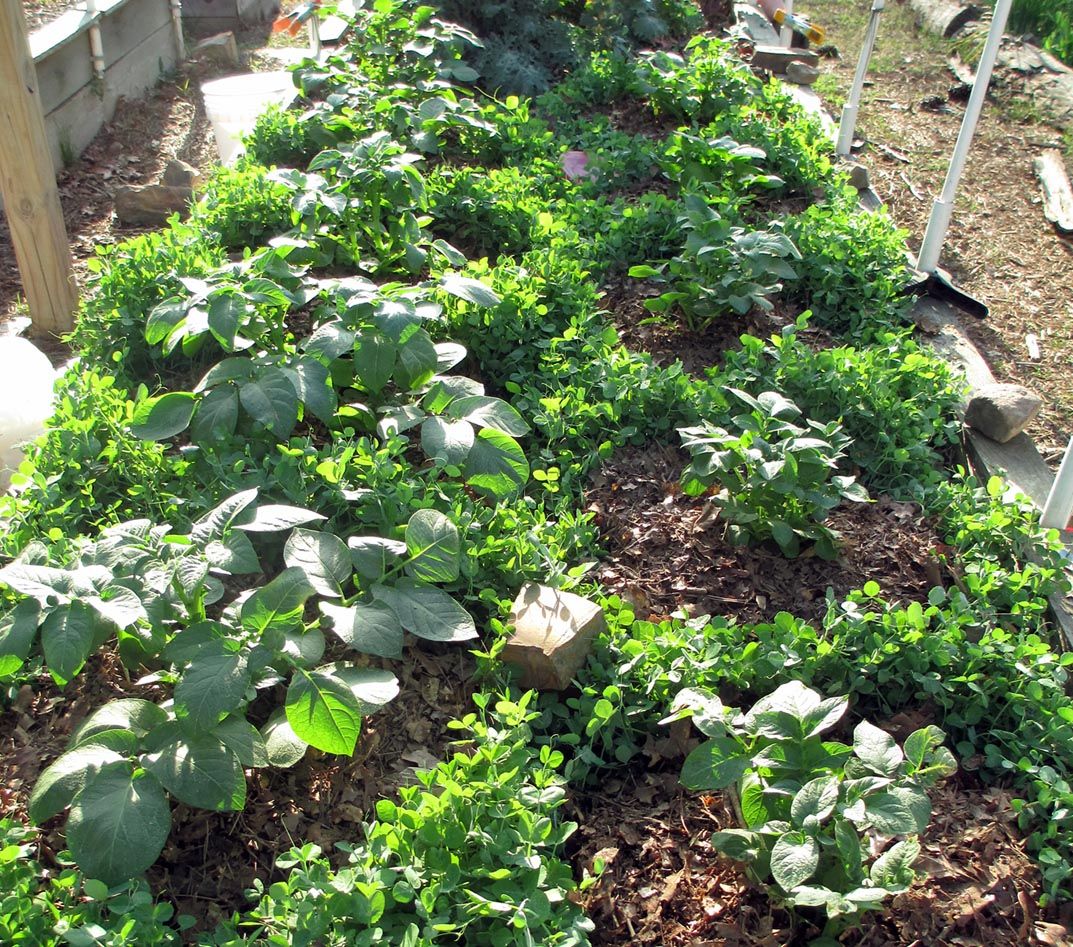
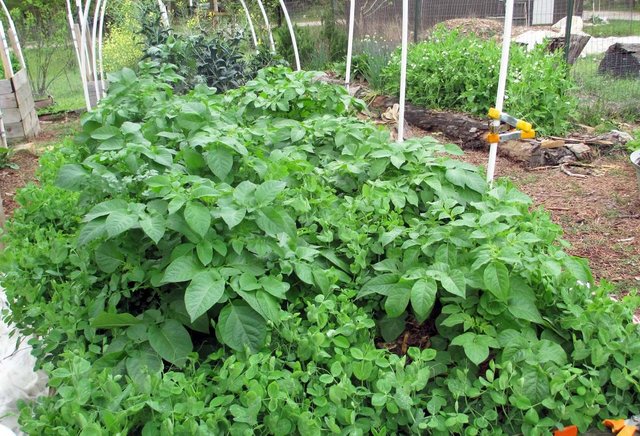
Eating your cover crop
I love pea shoots! You can eat it in a salad or sauteed. I usually grow a bed of Australian Winter peas by themselves as a cover crop in the Fall so that I can harvest the tender pea shoots all Winter long. I am in zone 7b, Australian Winter peas are so hardy, I never have to cover them with floating row covers, even when we get down to 10 degree F for a few nights. Australian Winter peas are a good cover crop for producing nitrogen. If harvested as hay then applied as mulch, they mineralize nitrogen at more than double the rate of alfalfa hay! On top of producing nitrogen with their roots, and producing tender pea shoots all Winter long, they also provide fertility to the soil after they break down. Now what more can you ask for in a cover crop!
